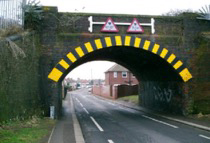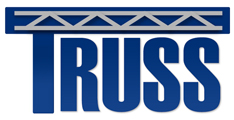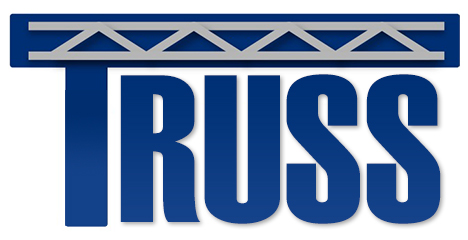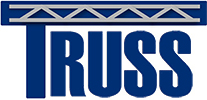 ESR9: Railway bridge condition monitoring and fault diagnostics
ESR9: Railway bridge condition monitoring and fault diagnostics
- Host: University of Nottingham (UNOTT)
- Address: Nottingham Transportation Engineering Centre, University of Nottingham, University Park, Nottingham, NG7 2RD, United Kingdom
- Main Supervisor: Dr. Rasa Rementye-Prescott and Prof. John Andrews
- Fellow: Matteo Vagnoli
On some bridges, sensors are located to monitor deflections and/or vibration to assist in determining the bridge condition but these are not integrated with fault diagnostic approaches which not only indicate when the structure needs attention but the location of the problem elements.
By developing an ability to determine remotely when a bridge needs attention and in addition what that requirement will be, TRUSS will vastly reduce the whole life cost of the asset. It will also ensure that the structure is in a safe condition to operate. When accounting for all bridges in the world, many of which are in a poor condition, this approach has the potential to save substantial funding currently expended on this process.
This project is to design a method by which a fault diagnostic process can be established for bridges and will initially fix one particular bridge type determined by UNOTT jointly with URS. The design approach will determine the methodology and the number of sensors installed. Metal underbridges make up a large proportion of the bridges used on European railway systems. As their state deteriorates, by mechanisms such as corrosion, the strength of the structure reduces and the deflections it experiences with passing load increases. The state of the track used on the bridge is established by a measurement train at regular intervals. This has the effect of introducing a known load to the structure.
Displacement patterns can be predicted for the bridge as the load moves across it using Finite Element (FE) models for a variety of deteriorated states of the bridge members. By using sensors to track the deflection patterns over time the deteriorated state of the structure can be monitored.
They will provide the ESR info for a particular structure and assistance in its modelling, for use in developing the state diagnostic methodology. The ESR will gather information about the structure design and the states of the elements and start to generate a FE model of the structure.
You can follow blog and publications by ESR9 below.



